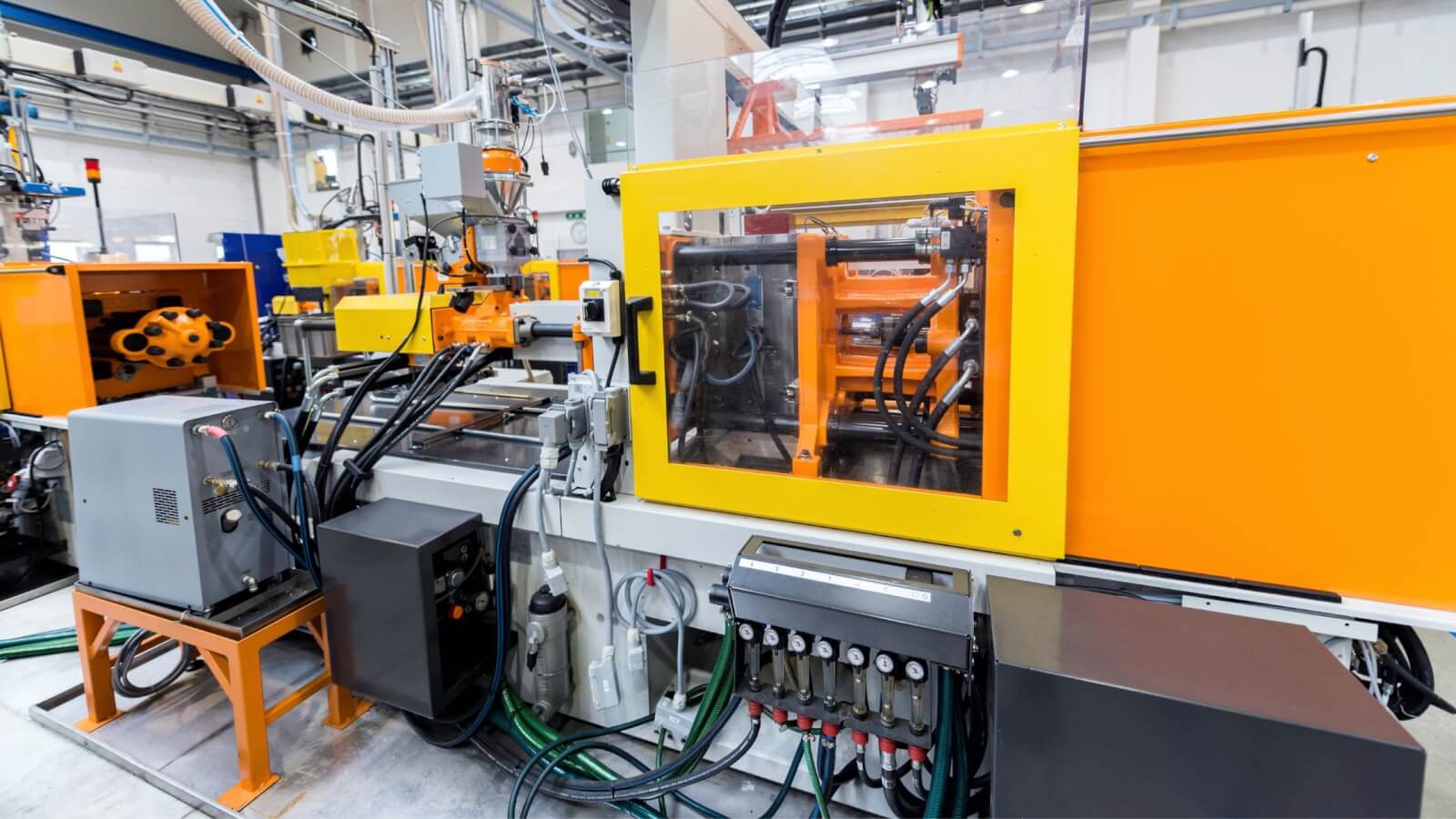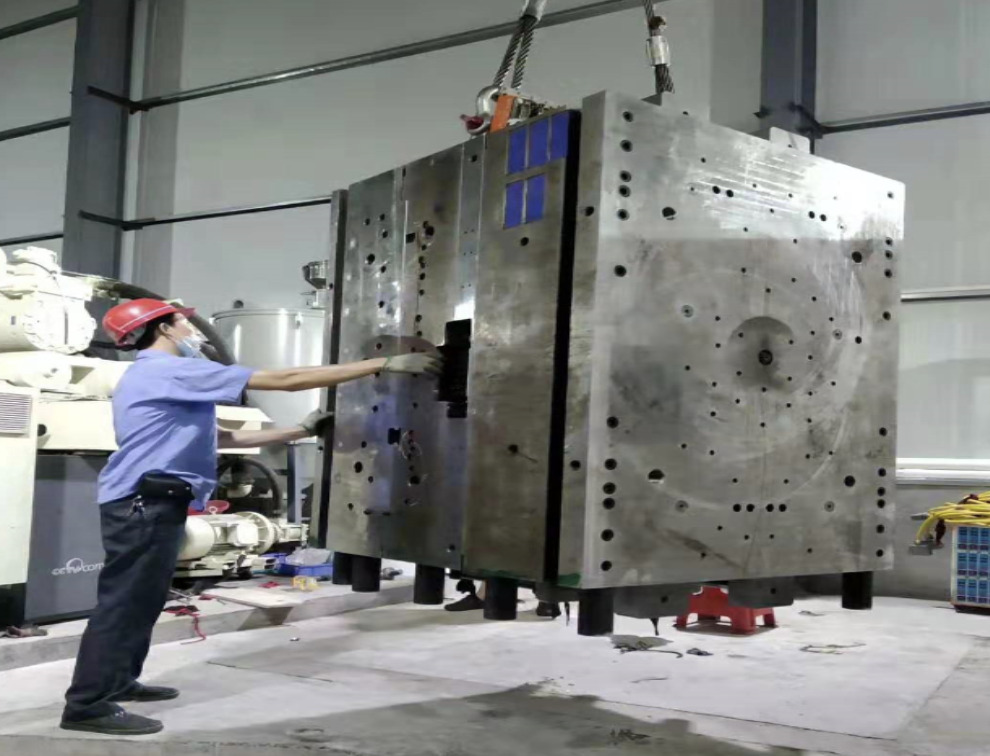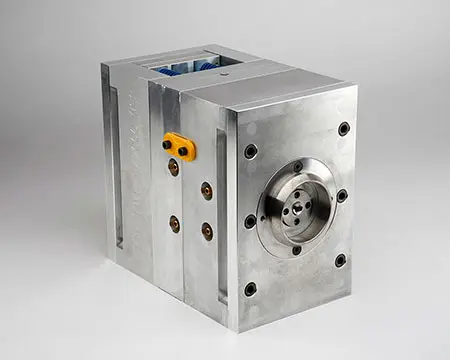Recognizing the Basics of Plastic Injection Molding Procedures
Plastic shot molding serves as a keystone of contemporary manufacturing, providing a methodical strategy to generating complicated elements with precision. Checking out these necessary elements can expose how even minor adjustments can lead to considerable improvements in manufacturing end results, elevating inquiries regarding the possibility for advancement in this well-known process.
What Is Plastic Injection Molding?
Plastic injection molding is an extensively utilized manufacturing procedure that transforms thermosetting and thermoplastic products right into accurate and complicated shapes. This method is favored for its capacity to produce high volumes of identical components with extraordinary precision, making it an important method in different sectors, consisting of auto, customer goods, and medical gadgets.
The process involves melting the selected plastic product and injecting it into a mold and mildew under high stress. The mold and mildew, developed to the specs of the desired part, enables the liquified plastic to take form as it cools and solidifies. When the material has actually hardened, the mold is opened, and the completed element is expelled.
Plastic shot molding offers a number of benefits, including decreased waste, uniformity in manufacturing, and the capacity to integrate detailed designs that may be testing with various other manufacturing methods. Additionally, it supports a broad series of materials, each offering special homes that can be customized for specific applications. As industries remain to innovate, plastic shot molding continues to be at the forefront, enabling the growth of innovative items that fulfill progressing customer needs.
The Shot Molding Refine
The shot molding process is a sophisticated method that involves several vital stages to produce high-grade plastic elements. Plastic pellets are fed right into a heated barrel where they are thawed right into a thick fluid. This molten plastic is then infused under high stress into a precision-engineered mold and mildew, which forms the material right into the preferred kind.
Once the mold and mildew is loaded, the plastic is permitted to cool down and strengthen, taking the form of the mold cavity. Air conditioning time is essential, as it affects the cycle time and the final homes of the shaped component. After sufficient cooling, the mold and mildew opens up, and the ended up part is ejected utilizing ejector pins.

Products Made Use Of in Shot Molding
Different products can be used in the injection molding process, each offering special residential properties that deal with particular applications. The most frequently made use of materials consist of thermoplastics, thermosetting plastics, and elastomers.

Thermosetting plastics, like epoxy and phenolic materials, go through a chemical adjustment throughout the treating process, causing an inflexible, stringent framework. These products are optimal for applications calling for high warmth resistance and structural honesty, commonly used in auto components and electrical insulators.
Elastomers, consisting of silicone and rubber-based materials, offer versatility and strength. Their unique buildings make them ideal for applications that require elasticity, such as seals and gaskets.
In addition, specialty materials like bio-based plastics and composites are gaining traction for their environmental advantages and boosted performance characteristics, widening the range of injection molding applications in various sectors. Recognizing the residential properties of these products is critical for choosing the proper kind for details jobs.
Advantages of Injection Molding
Injection molding stands out as an extremely reliable production process that supplies numerous benefits for producing intricate get rid of accuracy. Among one of the most considerable advantages is the capacity to develop complex styles that would certainly be tough or difficult to accomplish with other techniques (Plastic Injection Molding). The procedure permits thorough attributes and tight tolerances, guaranteeing premium elements
Additionally, injection molding is known for its fast manufacturing capabilities, making it a perfect choice for high-volume manufacturing. As soon as the mold is developed, components can be produced promptly, lowering preparations and raising total efficiency. This efficiency not just decreases manufacturing costs but also provides an one-upmanship out there.
The adaptability of materials used in injection molding better enhances its charm. A wide array of thermoplastics and thermosetting polymers can be employed, enabling makers to pick materials that best fulfill their certain requirements, consisting of toughness, flexibility, and warmth resistance.
Moreover, the process lessens waste, as excess material can typically be reused and recycled. This sustainability element adds to a decreased environmental effect, making injection molding an accountable manufacturing choice. Generally, the advantages of shot molding make it a favored method for numerous industries.
Aspects Influencing Product High Quality
While countless variables can affect product high quality in shot molding, recognizing find more these components is important for attaining ideal results. Secret facets consist of product option, processing parameters, and mold and mildew layout.
Product option plays an essential duty, as different polymers exhibit special residential properties that influence flowability, stamina, and thermal stability. Inadequate material choice can result in problems such as warping or incomplete filling.
Handling parameters, including stress, temperature, and cycle time, have to be thoroughly controlled. Variants in these setups can result in inconsistencies partly dimensions and surface finish. As an example, exceedingly heats may cause deterioration of the polymer, while insufficient stress can cause short shots.
Mold style is similarly important, as it establishes the circulation of the molten plastic and the cooling process. Poorly created mold and mildews might bring about irregular cooling rates, causing dimensional inaccuracies and recurring stress and anxieties.

Verdict
Finally, plastic shot molding functions as an important manufacturing procedure that makes it possible for the effective manufacturing of high-quality elements. Mastery of the injection molding process, including the understanding of products and the influence of different factors on item quality, is vital for achieving ideal results. The benefits of this technique, such as cost-effectiveness and layout adaptability, additional highlight its importance throughout several markets, strengthening its condition as a preferred selection for high-volume manufacturing.
Plastic injection molding offers as a cornerstone of modern production, providing a systematic method to generating complex elements with accuracy.Plastic shot molding provides a number of benefits, consisting of decreased waste, uniformity in production, and the capacity have a peek at this site to incorporate detailed layouts that may be testing with various other manufacturing methods (Plastic Injection Molding). As sectors continue to introduce, plastic shot molding continues to be at the forefront, allowing the advancement of advanced items that fulfill developing customer demands
The injection molding procedure is an innovative method that involves numerous key phases to create top notch plastic parts.In verdict, plastic injection molding offers as a crucial production process that enables the efficient production of high-quality components.